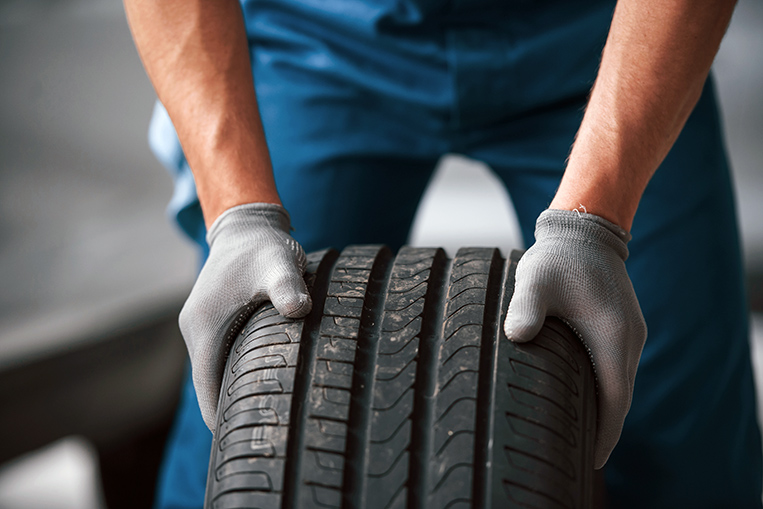
Before we begin, allow us to point out that your vehicle’s tires are the only parts of your car that come into contact with the road. And so, obviously, it is imperative that you use the appropriate and manufacturer-recommended tire specifications for optimal safety and performance.
At some point in your car ownership, you will have to replace those precious set of rubbers. Thankfully, we have numerous tire brands and shops to assist motorists with tire replacement. However, there could be times when your tire size may be unavailable, out of stock or simply difficult to source even if they’re OE (original equipment).
Recently, we had to get a fresh set of tires for a crossover. The stock tires had specifications of 215/50 R18. To wit: 215 is the width of the tire in millimeters; 50 is the aspect ratio of the tire (or the ratio of the width to the height of the tire’s sidewall); and R18 is the diameter of the wheel in inches.
We visited one tire center near our office, but it had no stock in that size. We ended up going to a reputable tire retailer—also not too far from our place—where the exact set could be acquired. But said tires needed a few days to be pulled from the warehouse, and we badly needed the replacement on the same day. The retailer admitted that the tire size we were looking for was pretty rare. What to do then?
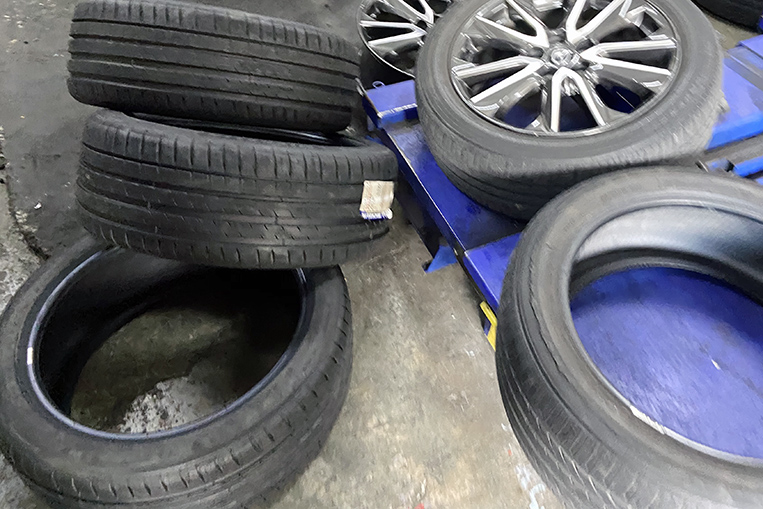
Fortunately, you don’t have to rely on a single specific tire size for your wheels. You can actually experiment by getting a different size provided it comes as close to the original fitment as possible. Going too big or too small can definitely affect performance and safety negatively. It can also affect your speedometer and odometer readings, as those devices have been calibrated using the stock tires and wheels. To be clear, when we say you can go with alternative tire sizes, we mean you can use sizes with a different width or a different aspect ratio—but the wheel diameter is a constant (as that is the diameter size of the alloy wheels).
Since the stock size was 215/50 R18, we tried checking if 225/45 R18 or 225/50 R18 tires were available. As a rule of thumb, you should always go with slightly wider tires than the stock ones, in order to keep your wheels protected against possible road damage.
You don’t have to rely on a single specific tire size for your wheels. You can experiment with a different size provided it comes as close to the original fitment as possible
Now, the above-mentioned alternative sizes weren’t the result of guesswork. In fact, we consulted a tire size calculator to see if those sizes would fit the stock wheels without any issues. There are a number of free downloadable apps of this sort on Android and Apple online stores. We suggest you check user ratings before downloading one (just search for, er, “tire size calculator”). On your desktop or laptop computer, you can also Google tire websites with a tire size calculator.
Since the store already had a set of 225/45 R18 tires on-site, we punched the figures into the app. Do note that the app will require you to provide your wheels’ offset figure (offset refers to the distance between the wheel hub mounting surface to the center line of the wheel in millimeters) and wheel width for it to be able to accurately check if the tires you wish to install are a good fit. You should find these details in your owner’s manual, but you can also definitely look it up on the Internet. Make sure you have your vehicle’s correct model year and variant when researching this info. You can also get the information from your dealership and jot it down in your owner’s manual for future reference.
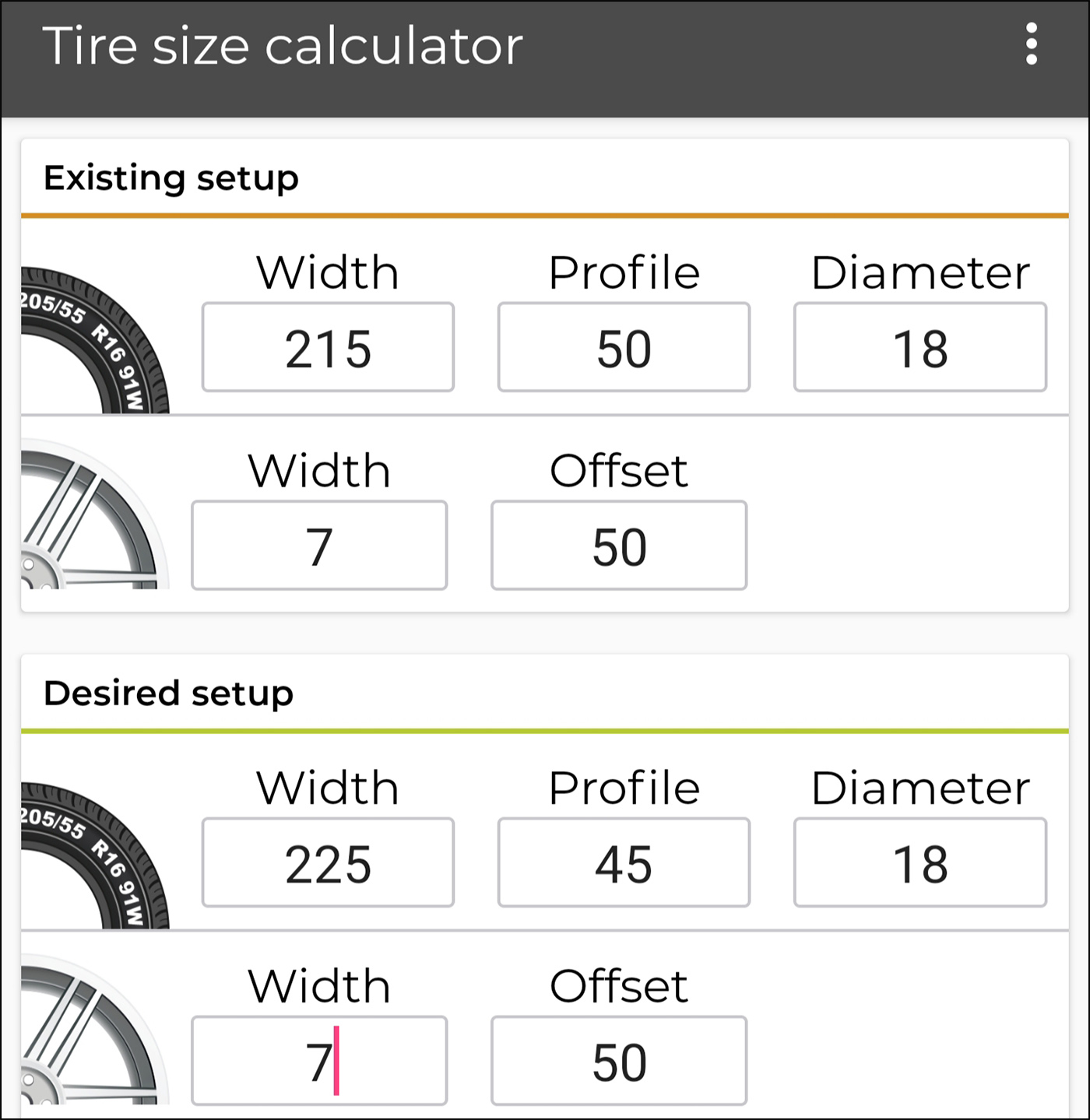
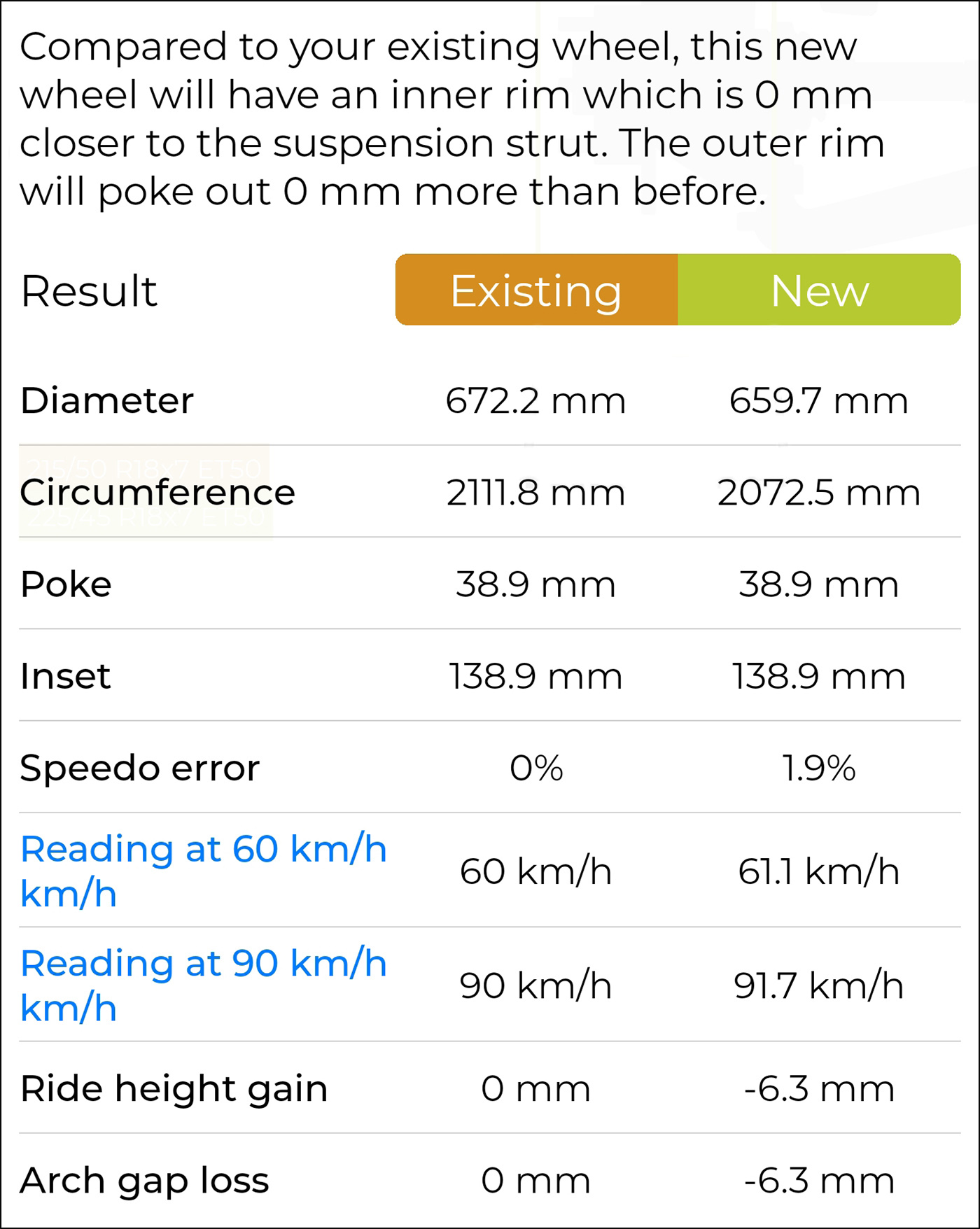
The information we found indicated that the stock wheels for the vehicle were seven inches wide with a wheel offset of 50 (ET50). After all the necessary digits had been entered, the app gave us the results versus the stock tire data. The speedometer error revealed a 1.9% increase in the gauge reading (an actual speed of 100km/h would read as 101.9km/h on the speedometer). Ride height saw a loss of 6.3mm, which is negligible. Overall, it was a fairly decent fit and turned out to be less costly than the original tire size.
After we had agreed to the alternative set, installation was quick and easy at the shop. Road test was also good—a successful outcome in any car guy’s book.

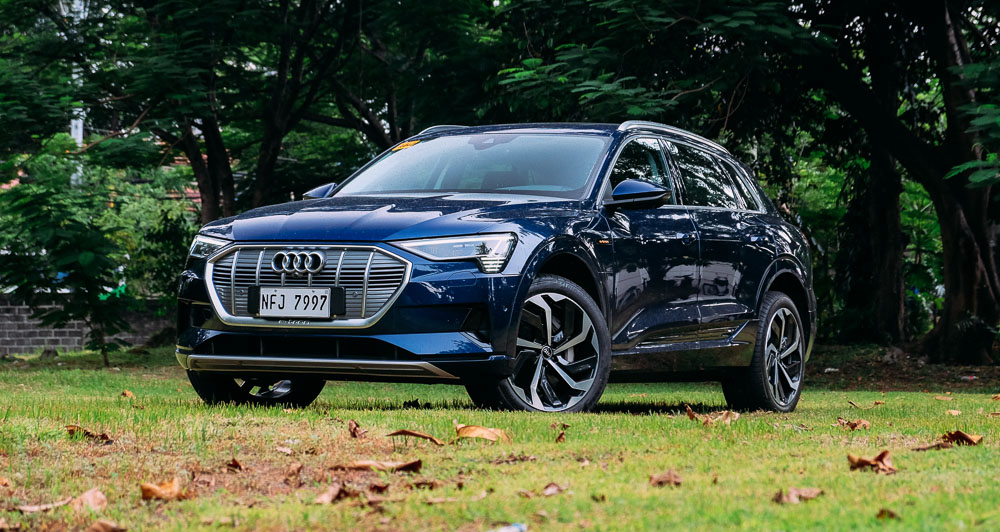
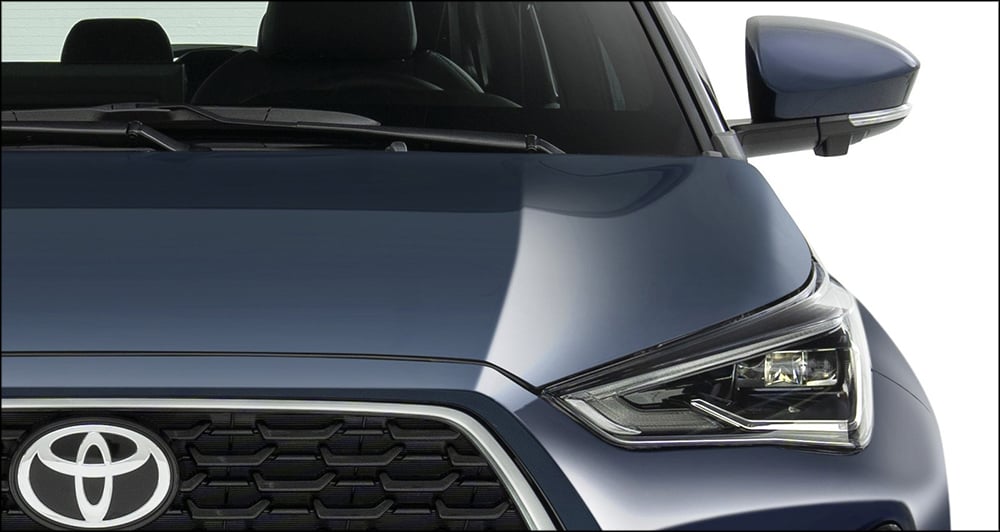

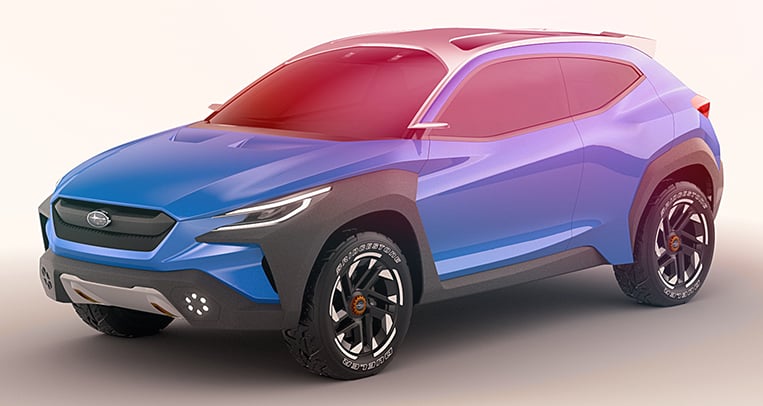
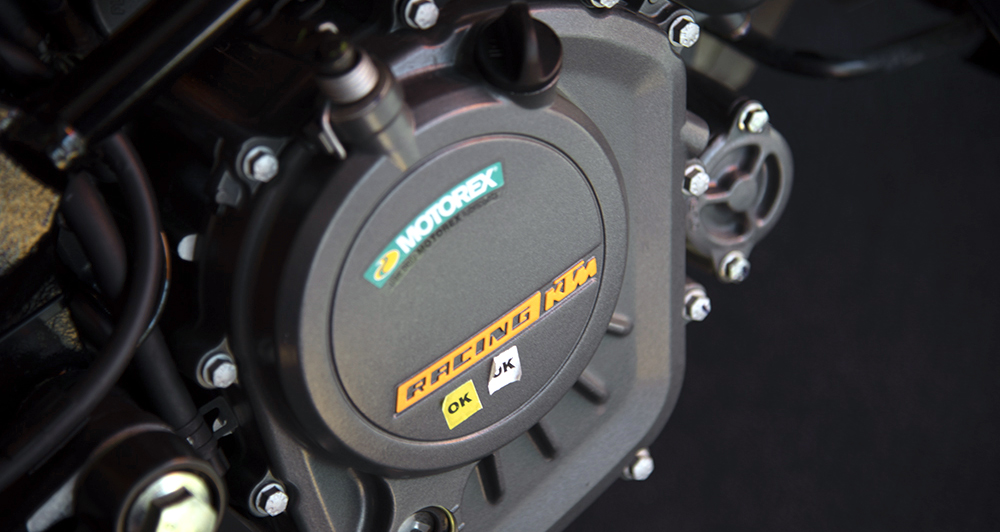

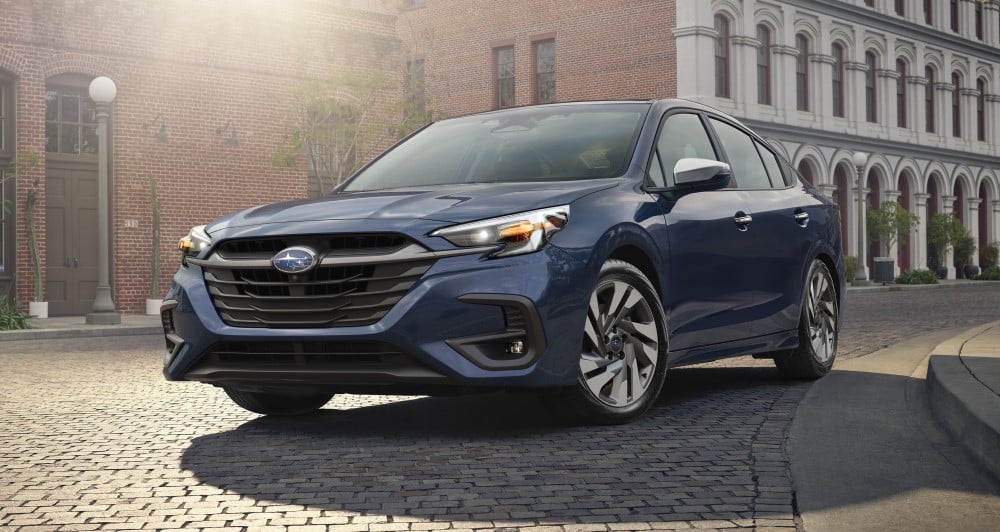
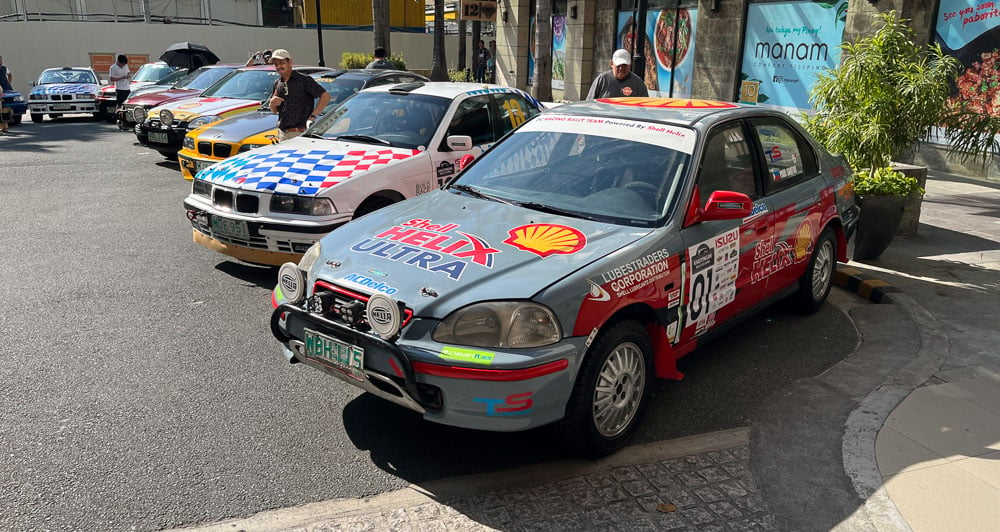
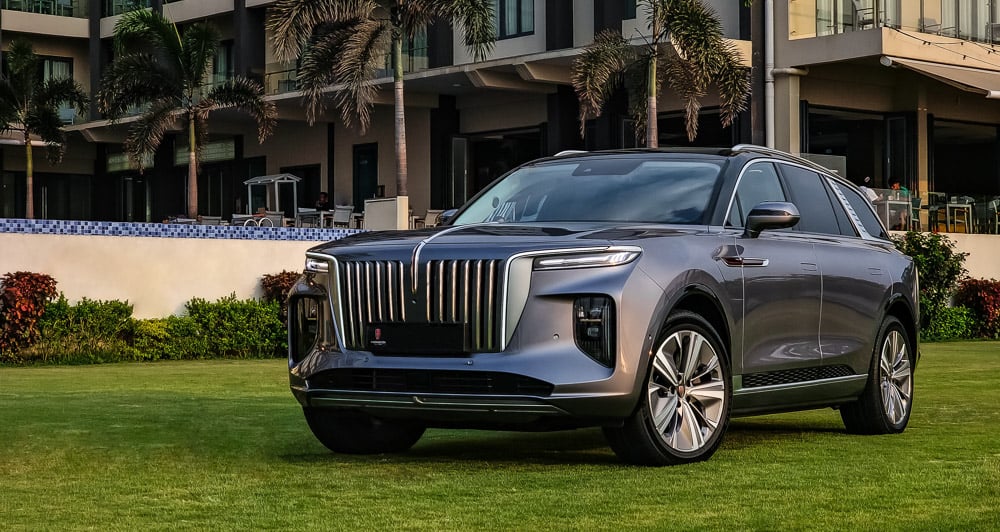
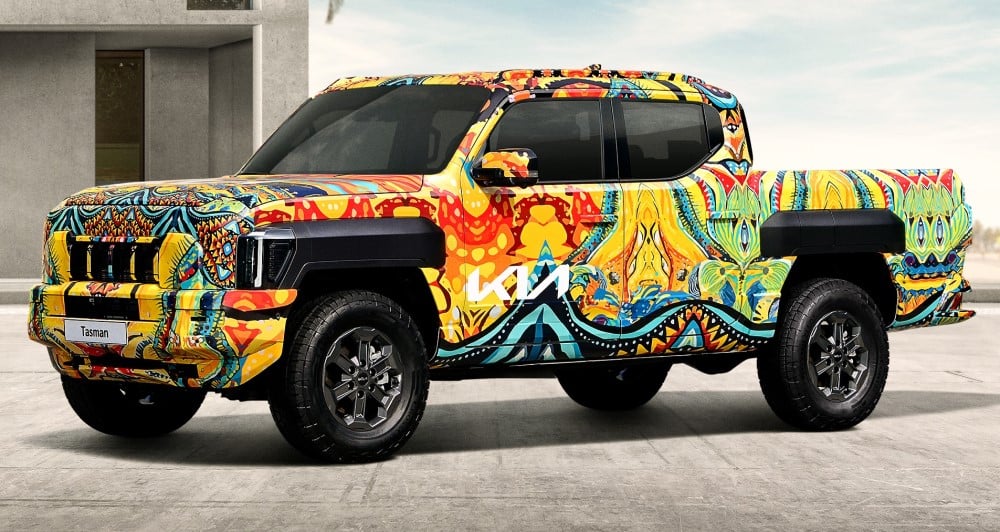
Comments